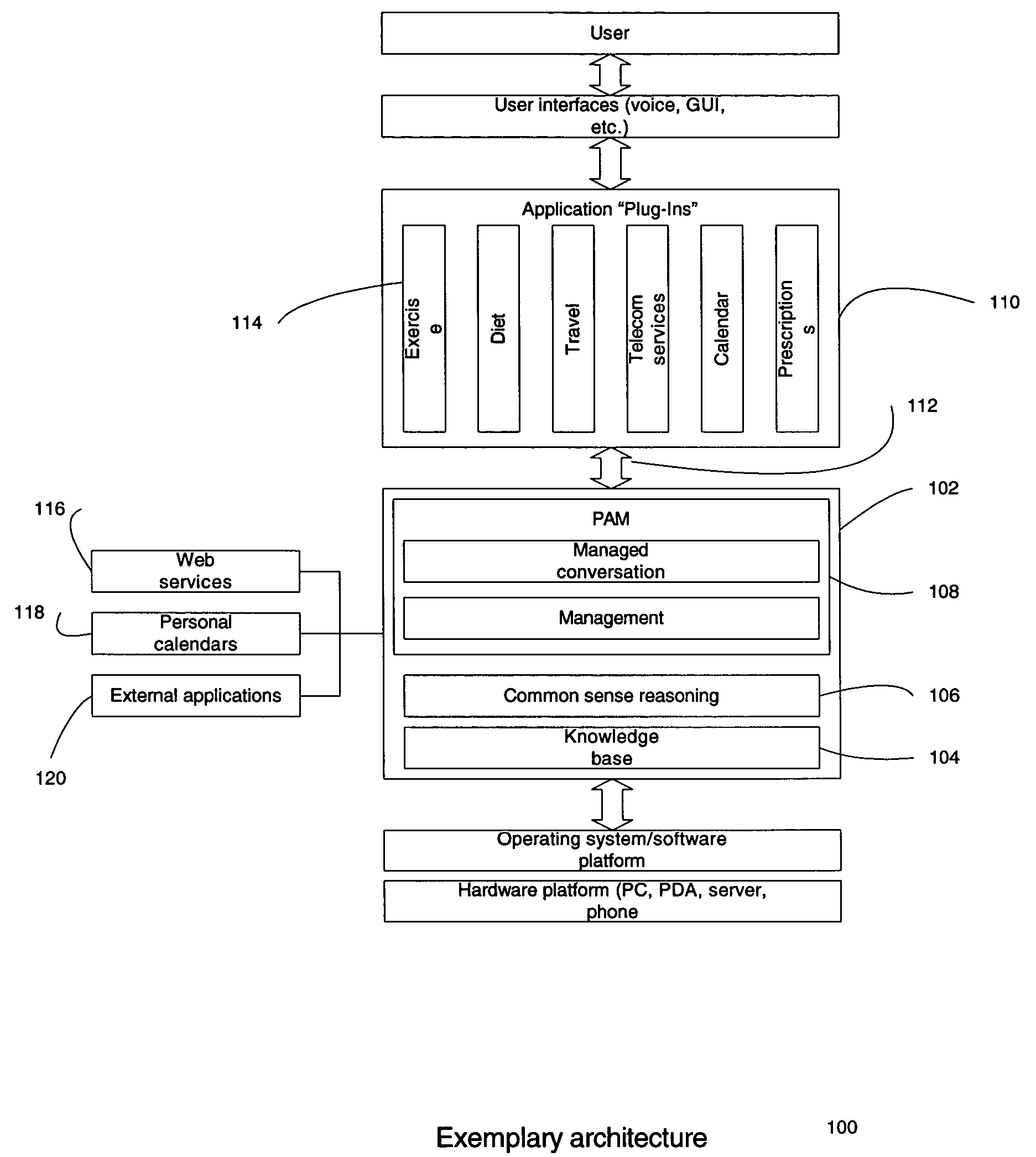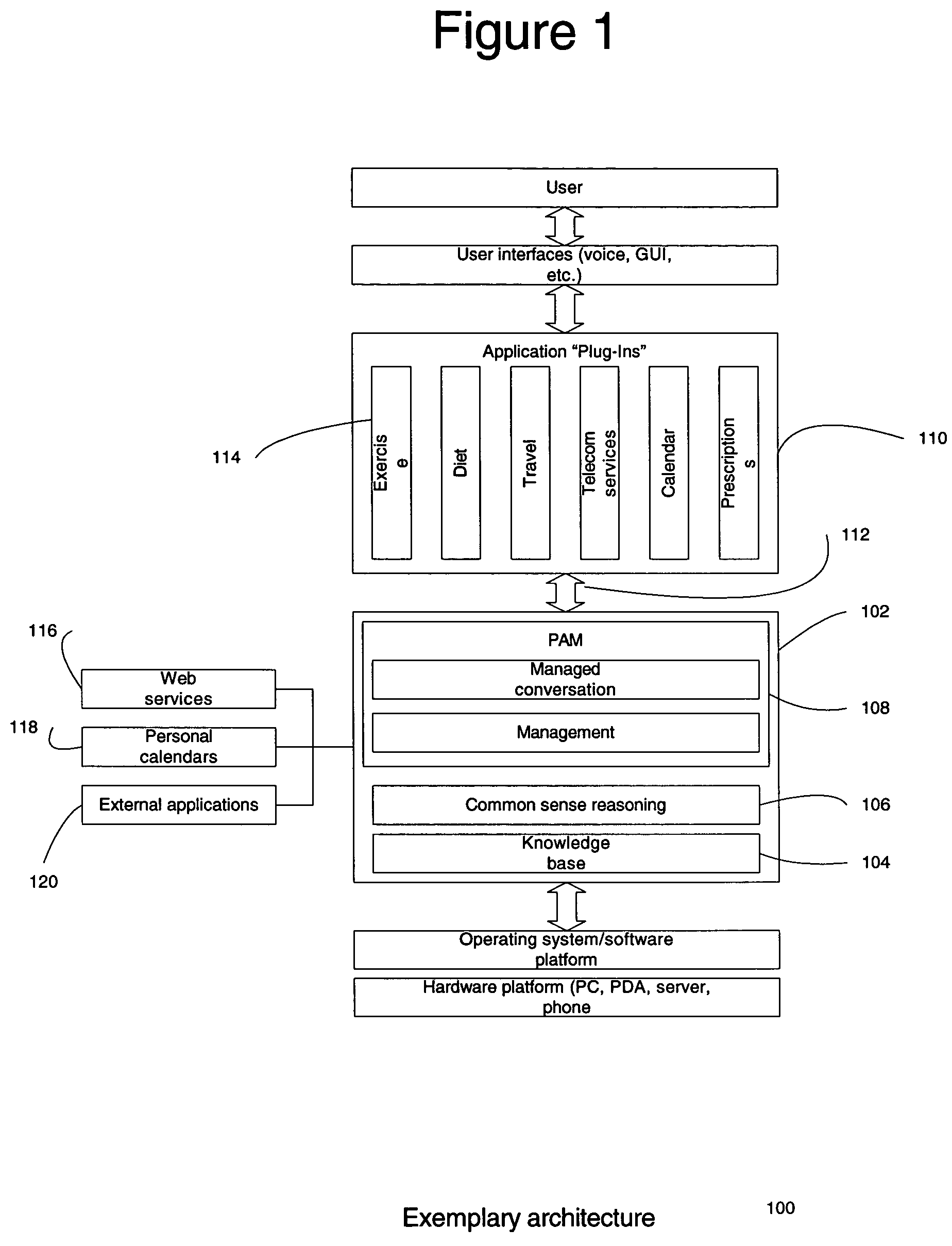Method, system, and computer program product for storing, managing and using knowledge expressible as, and organized in accordance with, a natural language
a technology of natural language and knowledge, applied in the field of maintaining, storing and using knowledge, can solve the problems of requiring either an enormous effort to define, difficult (if not impossible) to represent such a huge range of information while preserving, and limited relationship nodeation
- Summary
- Abstract
- Description
- Claims
- Application Information
AI Technical Summary
Benefits of technology
Problems solved by technology
Method used
Image
Examples
Embodiment Construction
root "PAM-class-tree": thing:: negation:: not:: never:: non-:: un-:: minus:: name:: synonym:: antonym:: homonym:: word:: preposition:: in:: determiner:: a:: synonym: "an" adjective:: unplaced-word:: variant@word:: British variant@word:: plural word:: first name:: middle name:: last name:: proper name:: symbol:: character:: letter:: a@letter:: b@letter:: ... capital letter:: A@letter:: B@letter:: ... digit:: zero digit:: one digit:: ... &:: synonym: "ampersand" sign@character:: +:: synonym: plus sign@character $:: synonym: dollar sign@character kind:: class:: word class:: primary word class:: secondary word class:: qualified class:: size qualified class:: weight qualified class:: color qualified class:: type:: category:: fauna:: flora:: grass:: moss:: mold:: sort@kind:: quantity:: number:: zero:: synonym: 0 one:: synonym: 1 two:: synonym: 2 ... ten:: synonym: 10 eleven:: synonym: 11 twelve:: synonym: 12 thirteen:: synonym: 13 ... twenty:: synonym: 20 thirty:: synonym: 30 ... hundred:...
PUM
 Login to View More
Login to View More Abstract
Description
Claims
Application Information
 Login to View More
Login to View More - R&D
- Intellectual Property
- Life Sciences
- Materials
- Tech Scout
- Unparalleled Data Quality
- Higher Quality Content
- 60% Fewer Hallucinations
Browse by: Latest US Patents, China's latest patents, Technical Efficacy Thesaurus, Application Domain, Technology Topic, Popular Technical Reports.
© 2025 PatSnap. All rights reserved.Legal|Privacy policy|Modern Slavery Act Transparency Statement|Sitemap|About US| Contact US: help@patsnap.com



